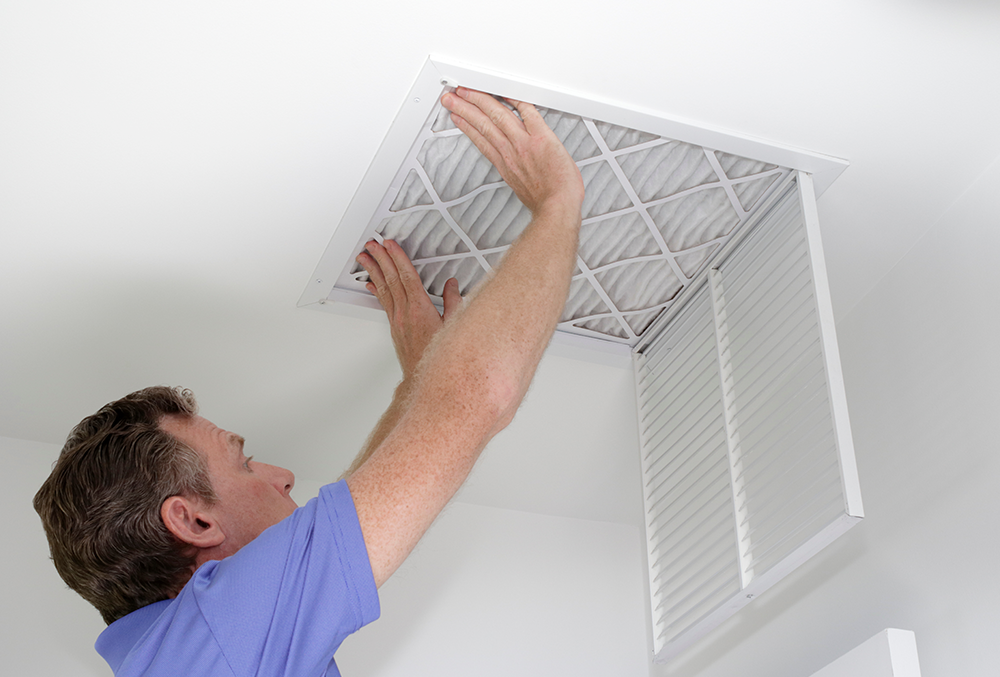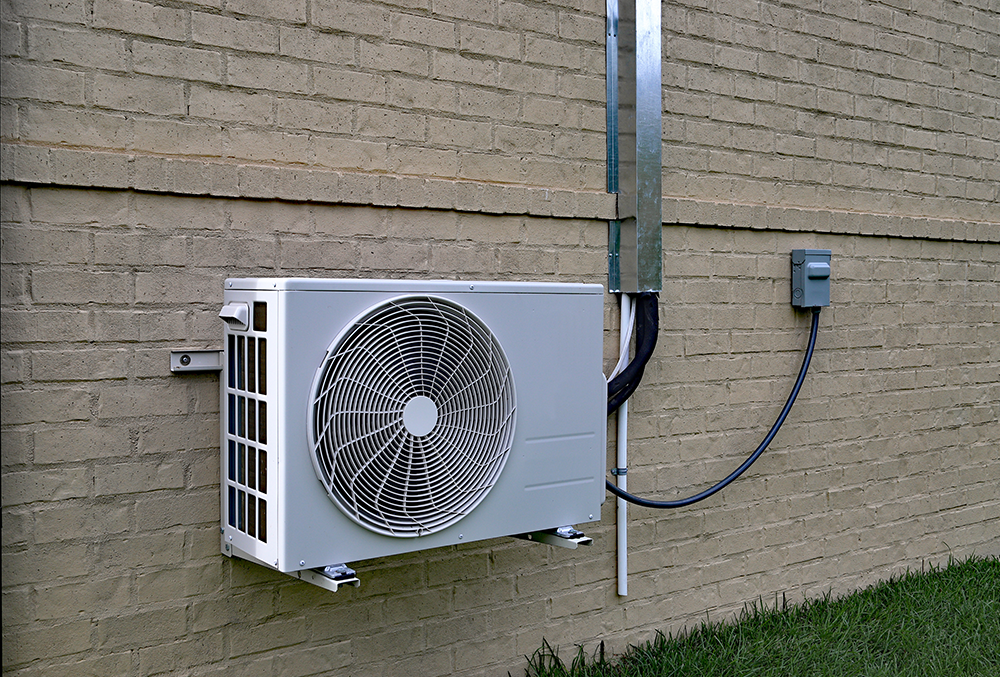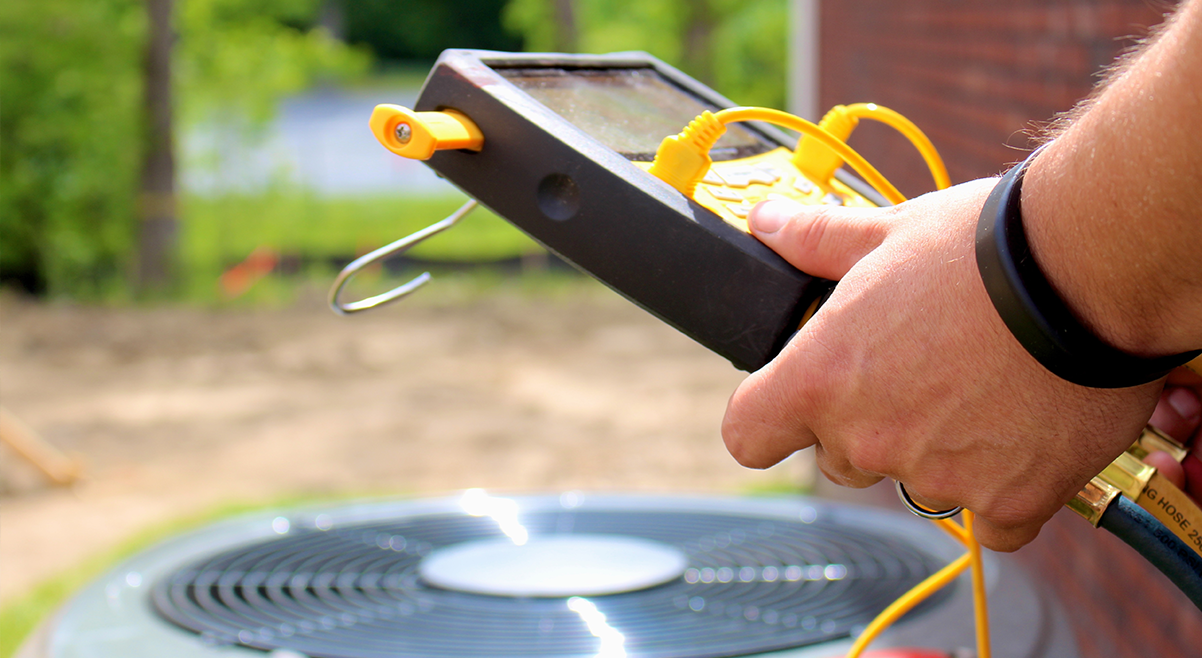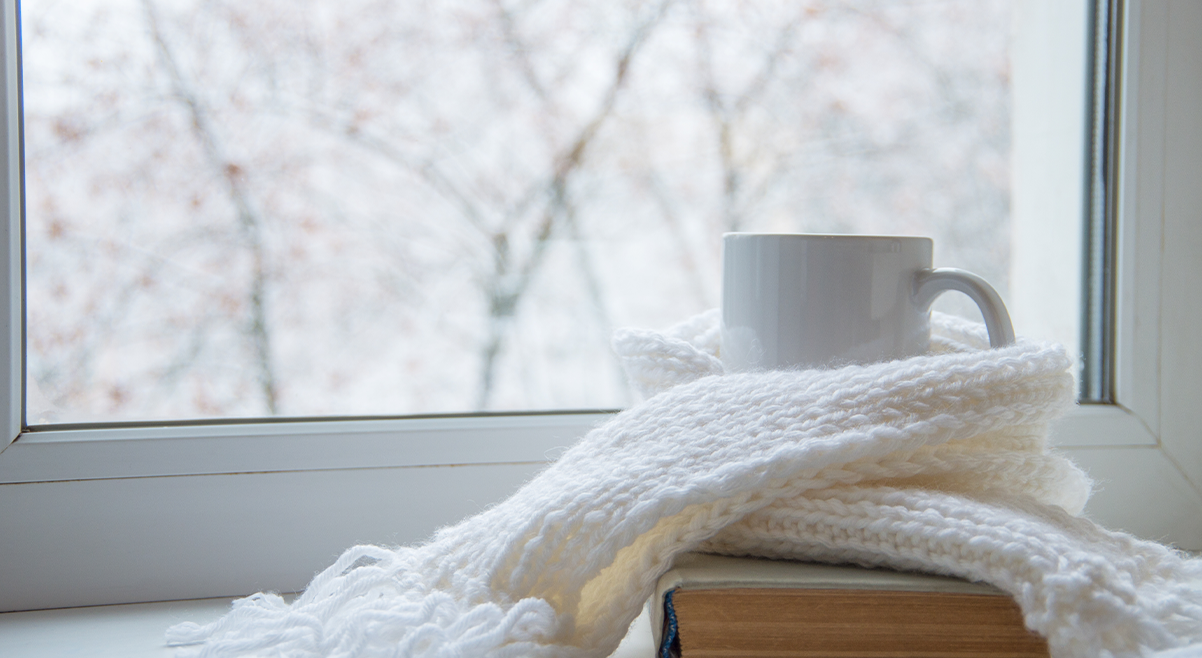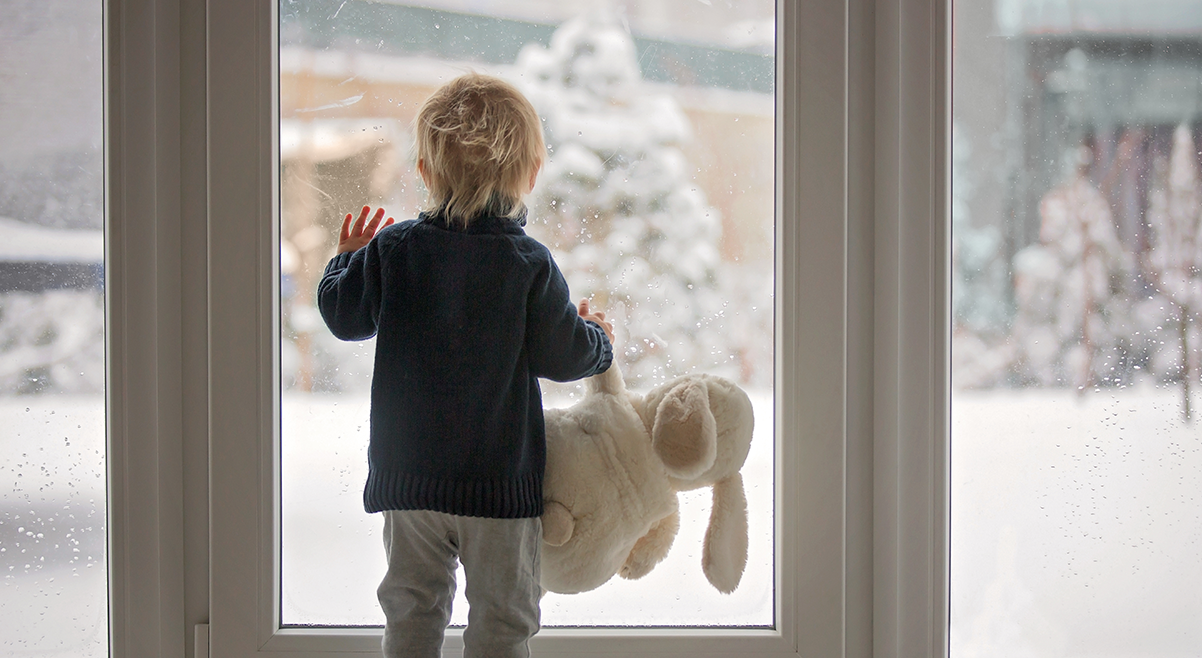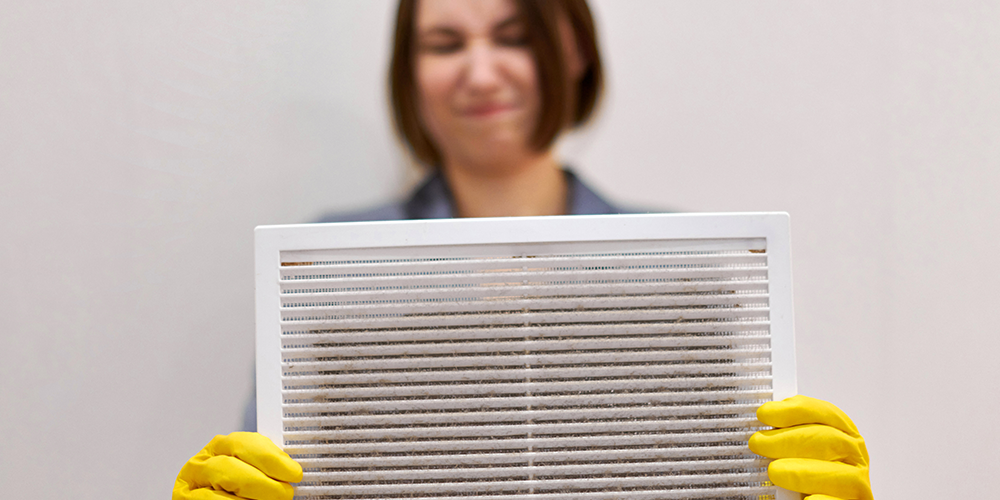We spend around 90 percent of our time indoors, so it’s important to make sure the air quality in our homes is up to par. Unfortunately, many of us are unknowingly breathing in common air pollutants that can be harmful to our health and comfort. From volatile organic compounds (VOCs) to asbestos, there are a variety of dangers lurking in our indoor air. How can you improve indoor air quality? Novak Heating, Air, and Duct Cleaning share several tips to help you out.
Common Indoor Air Pollutants
You probably don’t think much about the quality of the air you’re breathing until you start to feel ill. Even then, it can be hard to identify the cause of your symptoms.
Believe it or not, the air inside your home can be up to five times more polluted than the air outside. There are many sources of indoor air pollution, but some of the most common are:
- Pollen
- Dust
- Mold
- Carbon monoxide
- Lead
- Nitrogen dioxide
- Radon
- Volatile organic compounds (VOCs)
- Smoke
How Can You Improve Indoor Air Quality?
There are several changes you can make to start improving the poor air quality in your home. Here are some of our top suggestions to help you control indoor air pollution and better the air quality inside your home.
Source Control
The best way to reduce indoor air pollution is to find the sources of pollutants that exist in the home. Some common sources of indoor air pollution include combustion appliances, aerosols and solvents, building materials and furnishings, air fresheners, and chemical cleaning products.
By stopping the indoor air quality pollutants in your home at the source, you can limit the number of pollutants in your air supply, as well as their concentrations.
Some tips to help you with source control include:
- Regularly servicing and adjusting your combustion appliances
- Choosing products with fewer volatile organic compounds (VOCs)
- Allowing products like new furniture to off-gas outside before bringing them into the home
- Testing your home for harmful pollutants like lead and radon, and mitigate sources as needed
- Using natural cleaners and air fresheners
- Banning smoking inside your home
Improve Ventilation
Opening windows and doors when the weather allows is one of the simplest ways to remove indoor pollution. Natural ventilation will introduce fresh air and push out stale air. In the colder months, you can still improve air quality by running an exhaust fan in the bathroom when you’re showering and in the kitchen when you’re cooking. Exhaust fans help reduce moisture and heat buildup, which contribute to poor indoor air quality and discomfort. Whole-home ventilation systems are also very useful, but not every household has this equipment installed.
Change Air Filters
One of the easiest things you can do to improve your indoor air quality is to change your air filter on a regular basis. Air filters are meant to keep contaminants and debris out of the HVAC system, but they also benefit air quality. When air filters become clogged, they can no longer remove particle pollutants from the air. Not only is this bad for your HVAC system, but it’s also bad for your health.
It’s a good idea to check filters on a monthly basis and replace them whenever they are filled with matter. Keep clean air filters on hand so you always have one available when it’s time to replace the old one.
Install IAQ Equipment
Installing certain indoor air quality equipment is extremely helpful as you work towards filling your home with clean air. These appliances work with the home’s heating and cooling equipment to help control pollutants and factors that contribute to their existence at higher concentrations indoors.
- Adding humidity to your home’s air can help offset the health problems that often come with dry air. Installing a whole-home humidifier is an easy way to add humidity and improve your indoor air quality.
- An air purifier uses ultraviolet light energy to neutralize mold, bacteria, and other pathogens so they can no longer reproduce or cause health issues.
- An air cleaner can also provide additional removal of particle pollutants for cleaner indoor air.
Talk to Novak to Improve Indoor Air Quality Today
Improving indoor air quality is important for your health and the health of your family. Novak Heating, Air and Duct Cleaning installs air purifiers, air cleaners, and whole-home humidifiers for homeowners in the Cedar Rapids area – call us today to learn more.



